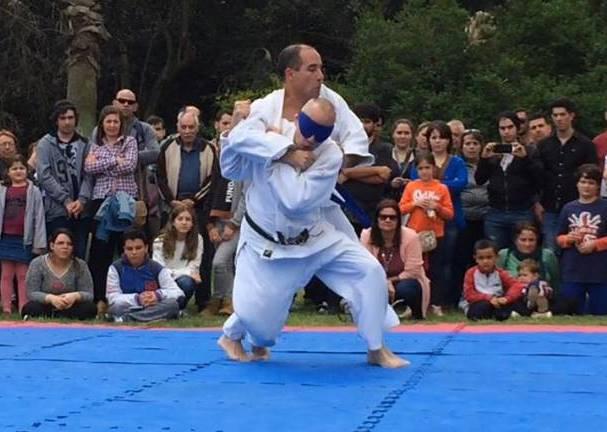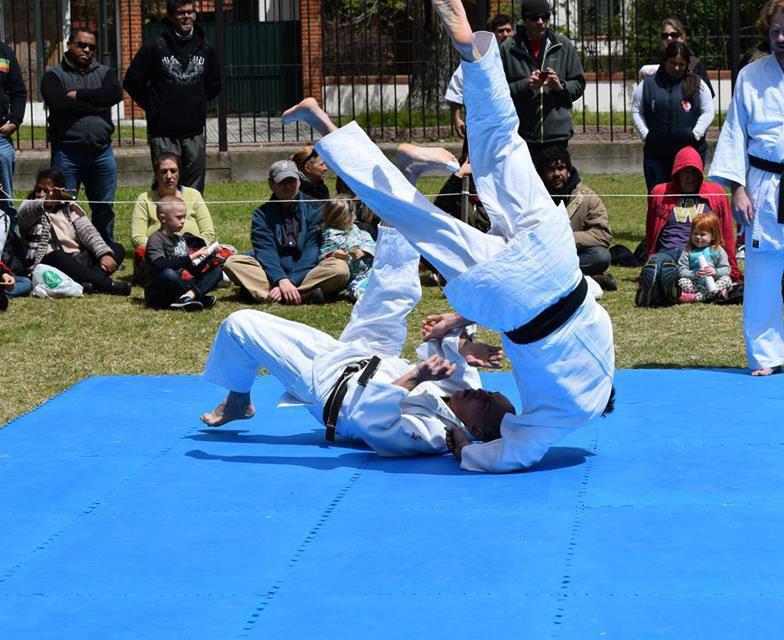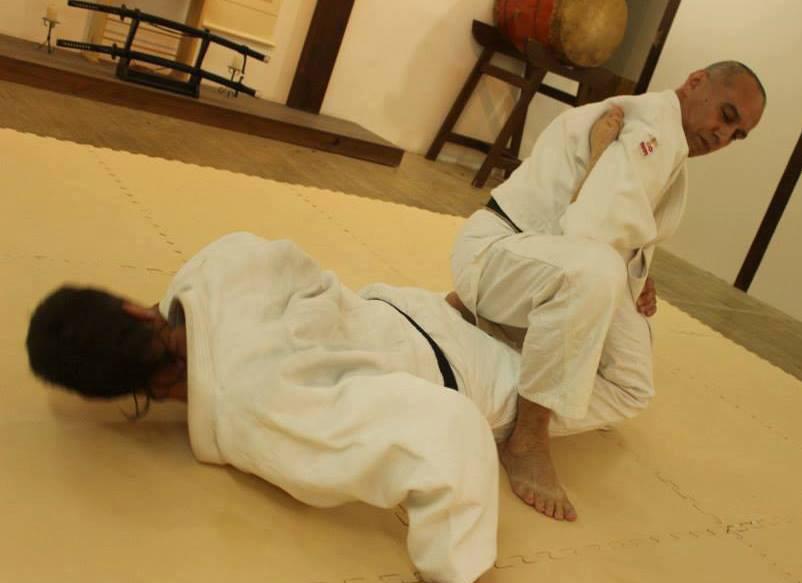
9 minute read
JUDO FOR LIFE PROF. Marcelo Ehrlich
JUDO FOR LIFE
Prof. Marcelo Ehrlich
Advertisement
Hello reader friends of the Martial Arts magazine "El Camino". In this new installment, we continue a little more with the theme of the "Favorite technique or technique special”, or the one that works best for me, the one that gives me the most results, the one that is most difficult to annul my rivals, even knowing that it is what I almost always do. And we already talked about the cost of training for "that" technique, as for any other, so that it comes out perfect, forceful and that they cannot block, dodge or counterattack it. We never stopped to think, in the thousands of repetitions that we have done through the years of training, seeking continuous improvement, applying the theory of movement, the study of applied physics, energy management. Today with scientific and specific training methods for what we are looking for, with Specialized teachers and trainers, who enhance our competitive Judo, at levels higher and higher. I always say that surely, no great champion does thirty/forty years old, I could beat one of the current ones, everything is changing and you cannot be doing the same as back then. Today you run faster, you jump further, more high, swim faster, lift more weight, throw the javelin, the discus, the bullet, farther than before The scientific study applied to each activity allows to break the records, and also the invaluable contribution of sports medicine, nutrition, psychology, sociology, makes people more careful and better prepared. The increasingly friendly sports materials and specific, the training places well organized, hygienic, and adapted to each activity, also contribute to that remarkable change in everything. When we talk about the technical repetitions of any complete throw (Kuzushitsukuri-kake / Imbalanceentry-fall), what do I do to fix the entire technique and what come out as a reflex, as a motor habit, I have a partner who suffers the action (Uke), a necessary sparring partner for such a situation. And if Uke has to fall many times, so that I can make my movement better and better, It must fall on a surface that does not threaten its physical integrity. Today we have Tatamis (Synthetic mats) designed specifically for this purpose, with standardized measures to assemble them anywhere (1m x 2m), hygienic, easy to clean and maintain, with different densities for the activity (for training or for competition), with the friction that it should have, neither rough nor that one slips on it), and in the part that goes resting on the ground, with non-slip rubber, so that they do not move. In 1999 the first synthetic competition area arrived for the Uruguayan Judo Federation, for Bushido Academy and myself. Imagine that before we competed on straw tatami rice covered with rough canvas (0.80m x 1.90m), which we brought from Brazil. They were not hygienic They moved continuously, so we had to be pressing them against each other continuously and careful not to stick a foot right into that
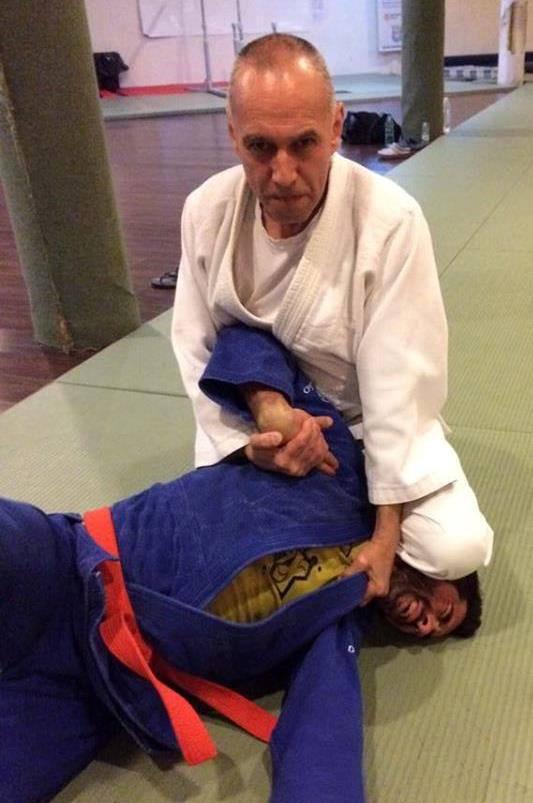
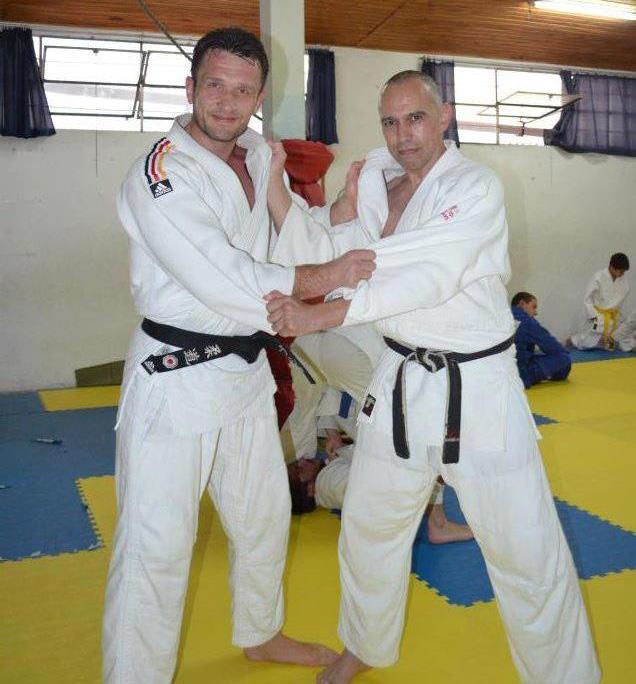
gap, or go down on one knee, an elbow or head, just as the tatami opened! In the Dojos, if we had that material, they always had a wooden frame holding them. After so many falls or specific work, they began to break down and become skinny and It was already like falling on the floor. As a child, when I started Judo at the Christian Association of Young people, we did on a giant gymnastics mat, which rolled up when the class ended. When as a young man I went to train Judo at Club L'avenir, the tatami was sawdust (chopped wood), covered by a rough canvas and fastened to a wooden frame, fixed to the ground, they don't even want to know, what it was like to fall there! Over the years it was changed for the straw tatami rice. And when I was a Professor at the Neptuno Club, we had straw tatami mats, which later we changed for a fixed Tatami of rubber chips (chopped car tires) with canvas synthetic on top, tied to a wooden frame, fixed to the ground. This little historical overview is for you to think about the conditions in which trained at that time and feel what Uke must have thought, when it was his turn to fall, fall and fall, so that the technique would come out well for me! You couldn't throw as many times as you needed, since we ran out of Ukes! As best friend as he was, a moment that it was necessary to change of exercise. Besides how it's like a role play, then he would be the one to shoot and I had to go down without complaining. Not to mention the intensity brought to the launch, or fall on it! Today we also have special high-impact mats, which are placed on the tatami and allow the throws with all the power, without injuring the one who falls. When I have already identified one or several of my favorite techniques, which will accompany me a lot time, I must be able to perform it against many rivals different in size, weight and experience. Adapt slight variations according to height, weight, mobility of the opponent, his personality and attitude. It is not the same when I know that my adversary is calm, nervous, aggressive, cerebral, counter puncher, etc. And that is why it is so important to also study the different forms of grip (How to get to him, how to annul and break the other's hold), the techniques of combinations logical, to do before my favorite, or after it. Also they logical chaining, dodging, coping, displacement, kickbacks. And if we continue in the sporting part, we must absolutely know the Current competition regulations, to know what I can do and what I should not do, including trying to induce to commit punishable fouls, which can lead me to victory sporty. If my specialty is the kickback (Kaeshi waza), I must clearly visualize, feel or intuit, the opponent's attack and respond before his movement makes it unavoidable. yes i I advance in my counterattack, he can change his technique, if he delays me, it will be too late and he will give my body against the ground. It must be at the right moment, neither before nor after. The directionality of the kickback is given, not by the theory (which I have already studied), but for the current situation. When you enter your technique forward, backward, to the lateral, towards the corners, pushing, bringing, cheating, with much or little imbalance. And it is quite a science, to be effective in this way of fighting. When I am in the ground Judo

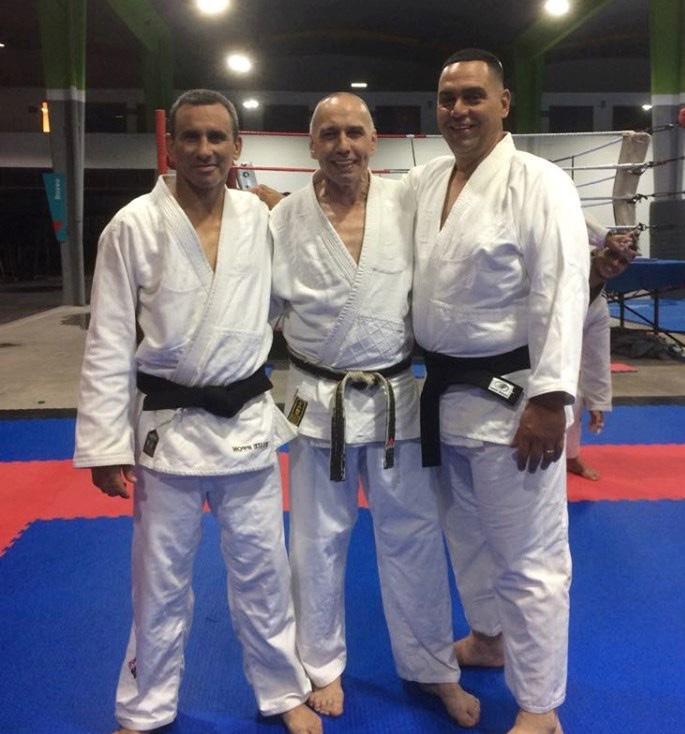
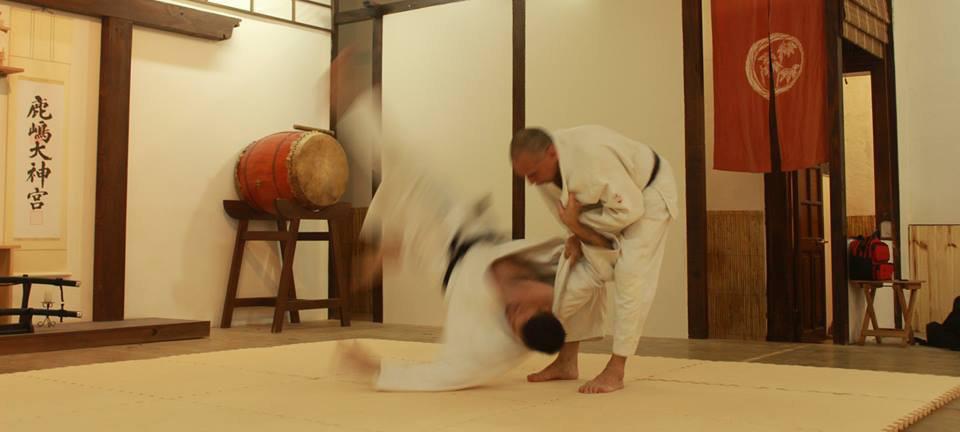
part, I also have my favorite techniques, but I must not waste opportunities to make any kind of attack. We are fighting in ground and if I see an opportunity to lock (Kansetsu waza) or strangle (Shime waza), although I don't be my best techniques and I specialize in immobilization (Osaekomi waza), I must not waste that opportunity, waiting for a better one! In standing and ground combat: A) I can take advantage of the opportunity (for example when it comes towards me, or pushes me, or pulls towards him, or hits me and responds with techniques forwards or backwards from him), in the he fights for the grip, when he tries to grab me, I take it first. On the ground move all my body, watching his movements and taking advantage of all the targets. B) I can generate the opportunity (For example, by pushing him so that in response he tries to push me, or grab him and pull him towards me, so that he opposes that intention and tries to take me towards him, and enter my attack techniques), in the fight for the grip, let unprotected an area of my body or judogi, so that he grabs and I can grab him, since he prevented my taking. On the ground, leave my neck unprotected so I can try to find a strangulation, and when he stretches his arm, give him a dislocation, etc, etc. Other times, to perform my favorite technique (As we named in the first part of the note last month, O SOTO GARI -just to name one-), I don't get the fundamental grip or logical on my opponent, then I must have studied and practiced my technique, not just grabbing the lapel and sleeve, I must be able to do it with a grip on both sleeves, on both lapels, with one arm around his head, with one arm around his waist, my two hands grabbing his arm, or his neck or pushing, etc, etc. Wide, very wide the work to realize. Because it is also when he moves forward, backwards, turns, moves sideways... And when we have quite mastered the technique, we take off the Judogi jacket (the uniform for Judo), so that we do not have the possibility of grabbing clothes (which we have become accustomed to). Or we blindfold ourselves so as not to see and trust our movements and sensations. EITHER we put one of our arms inside the belt, to do everything with one arm. EITHER we try to hit each other for a chance to block and/or redirect the hit, taking advantage of that moment to perform the technique. Or we hit as a distraction to get there to melee and perform the technique. Or we throw with the technique and continue with blows (Atemis) when it falls. Or we pull and when it falls, we lock and/or strangle. Of course, each one chooses his path, the training of an athlete is not the same of high performance (in Judo or any other sport), that training for Judo Traditional, personal defense, security forces, military forces, etc. The fundamental technical basis and theory are similar, but the objectives are different. The high-level Judo competitors, spend their best years (of peak performance), training to compete in optimal technical, physical and mental conditions, trying to get the most important trophies in your career, before it ends. Those of us who practice "Judo for life", personal defense and security forces, have other objectives, adapting Judo perfectly to those needs. These topics, develop in the next note. See you at the Dojo, and on the Camino! Prof. Marcelo Ehrlich.
